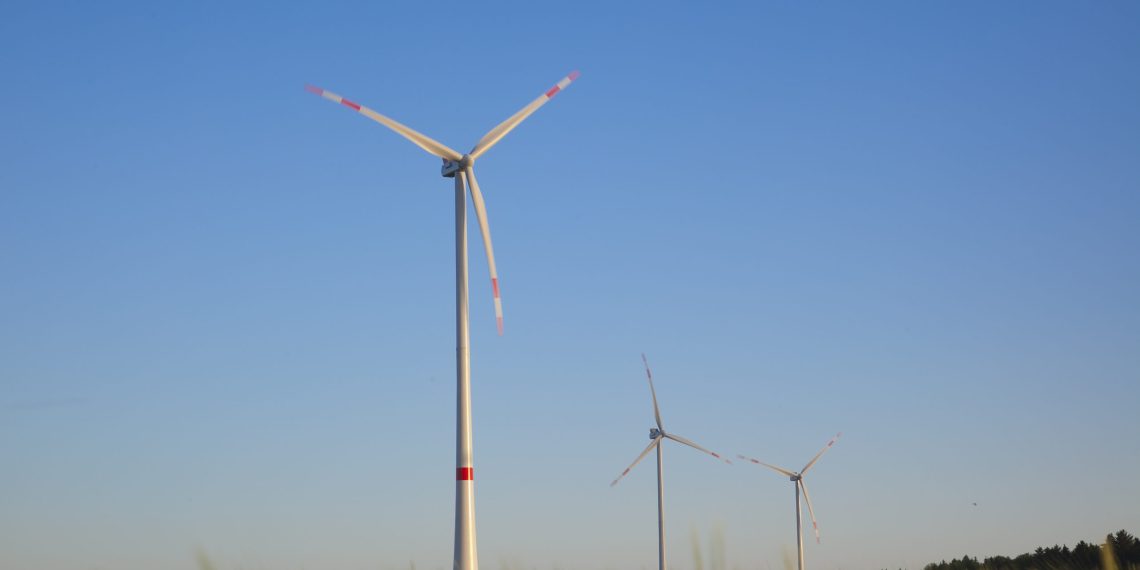The question of how best to avoid damage to a wind turbine when lightning strikes the tower of the exposed turbine was addressed by simulation experts from DEHN in a project together with the Max Bögl group of companies. Both companies now benefit from the results.
In order to optimize the lightning protection concept for the second generation of its wind tower system, the Max Bögl group of companies from Sengenthal cooperated with the Neumarkt-based lightning protection specialist for more than three years. Recently, the two partners successfully completed the project, which brought new scientific findings to light.
In addition to its core competence of construction, the Max Bögl Group is also very successful in developing holistic regenerative energy concepts, which the company plans and implements both at its own sites and for other industrial companies.
“When we started to develop our wind tower mb 2.0 a few years ago, we not only wanted to improve manufacturing, assembly and transport, but also to optimize the lightning protection concept.”
- Josef Bayer
With the previously known methods, the lightning protection for the new type of wind tower could only be calculated inadequately. Only a few kilometers away from the company’s headquarters in Sengenthal, the company found the right partner for this challenging task in the lightning protection expert.
DEHN develops and produces products for lightning, surge and industrial protection and also operates a modern test center at its main site in Neumarkt. Customers can have the lightning and surge protection of their products, plants and systems tested here. Clients from the wind energy sector regularly make use of the company’s services. Nevertheless, the task of simulating lightning and surge protection on a tower with a height of more than 100 meters and testing it in the laboratory was anything but commonplace for the employees at the Test Centre.
“We used complex calculations to simulate where the lightning flows along when it strikes the wind tower” said Dr. Martin Hannig, computer simulation specialist. “We then verified this situation in laboratory tests and examined the effects of the calculated surges and lightning currents in more detail,” explains Bernd Moosburger, test engineer. A special lightning current generator was also used, which is one of the most powerful models of its kind in the world. The system makes it possible to generate very high lightning currents. The result of the test trials: The elaborated lightning protection concept passed the tests, which Max Bögl can now certify to its customers by means of a test certificate.
For the company, the order, which initially started as a service, developed into an informative research project. In the wind tower of a wind turbine in Deining in the district of Neumarkt, the engineers installed the innovative DEHNdetect measuring system. It measures the lightning current distribution under real conditions. The DEHNdetect lightning current measuring system records long-term and impulse currents. The simulations can thus be verified. With the help of DEHNdetect, computer simulations can be compared with the effect of real lightning.

















